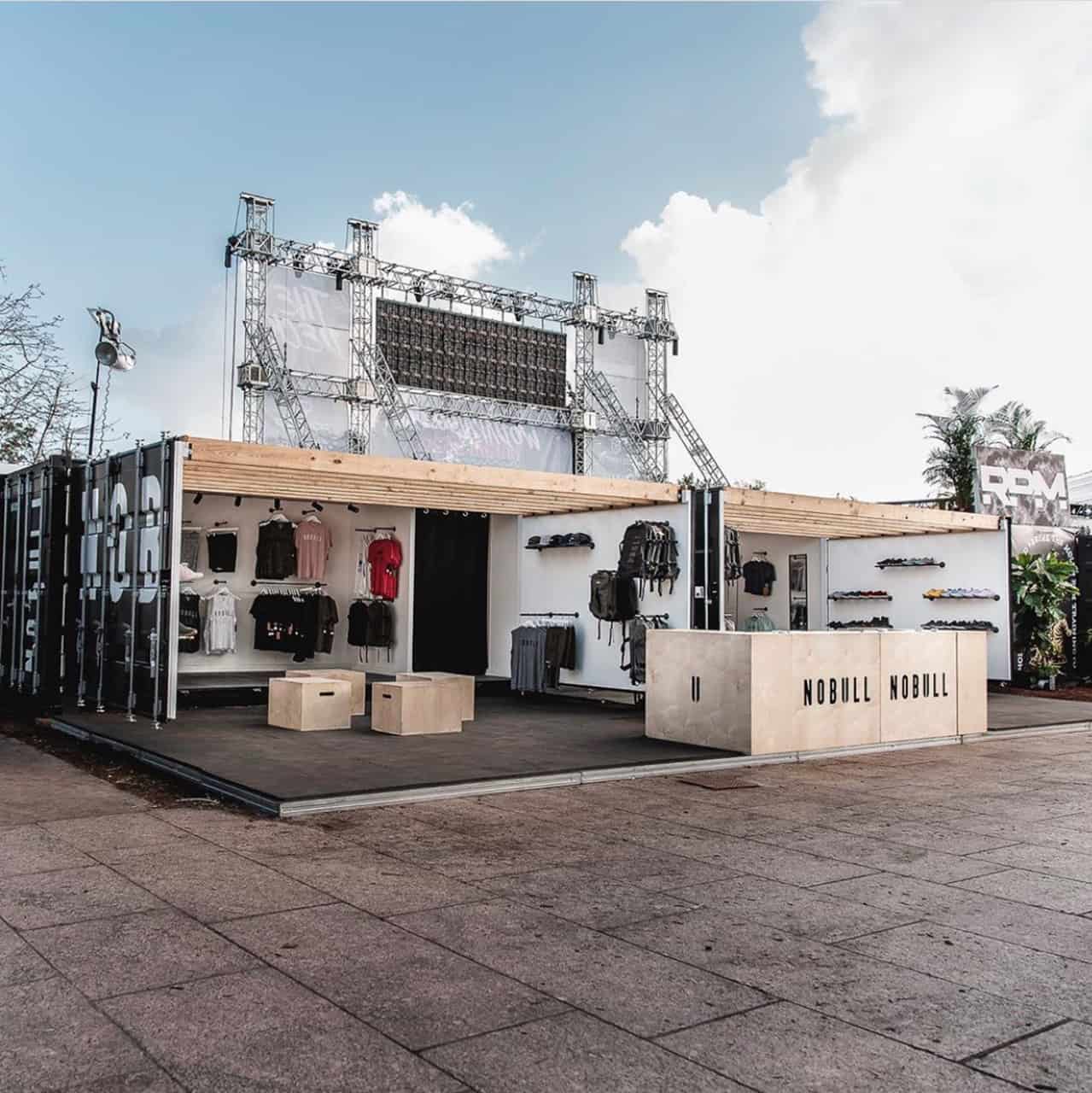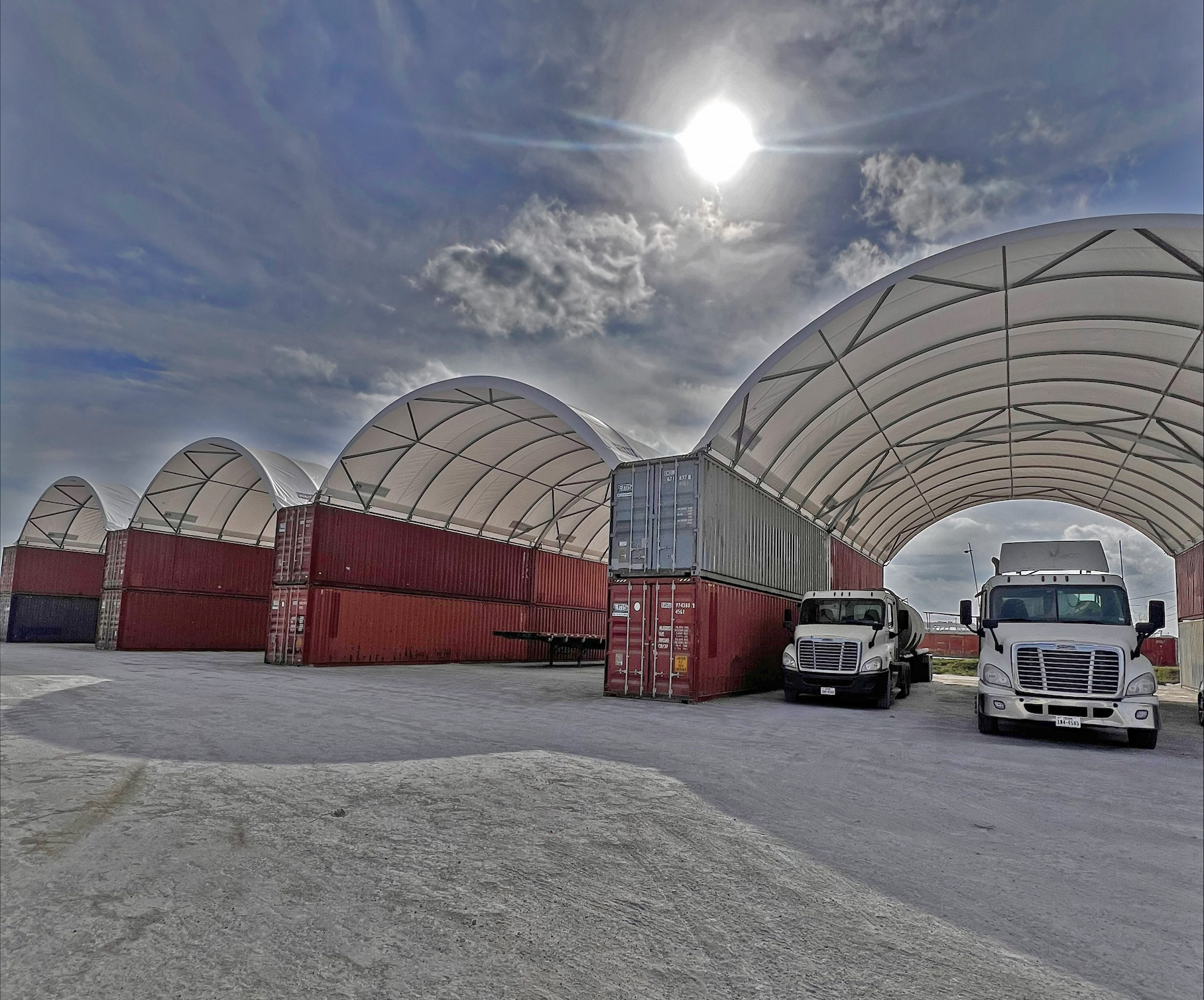Over 20 million shipping containers travel the ocean every day. Hundreds of them reach their limit and become unsafe for cargo storage and shipment at the same time. Instead of throwing away those old metal boxes, suppliers have found a way to recycle them. Today, thousands of used shipping containers are transported inland to serve a new purpose—as a base material for a wide range of structures. In fact, this new business became so lucrative that many suppliers have started supplying even brand-new units for that purpose.
Whether you are looking to build a house or a business facility, shipping containers can definitely work as a base material. Unlike reinforced concrete that costs much more and cures slowly, shipping containers are easy and quick to transform into a functional space. Because they already have the walls and frames, there’s no need to meticulously set up formworks, tie reinforcing bars, and wait for a good time to pour concrete.
Not all shipping containers are made the same, however, which is why it is important to be extra careful when choosing the units to use for your projects. Here are some tips on buying shipping containers that might help you make the right decisions.

Find a Size that Fits Your Property
If this is the first time you will be inspecting a shipping container up close, there’s a chance you’ll be surprised by how huge some of them can be. Its sheer size may even lead you to think twice about putting one on your property. However, it helps to be exact when it comes to size. Shipping containers come in various lengths and widths. The longest option is 40 feet, although this might be a little too big for your property, in which case you might want to consider a shorter unit. The shortest, which is almost a cube in shape, is called a Conex box. It’s perfect for applications that require a small space.
Don’t be too quick at picking a unit. Make sure it will conveniently fit within your property without blocking any path or damaging existing features. Make some room where you can put all your tools and handily work your shipping containers into the structure you want it to be. In fact, there should be enough room even for the crane to move around while lifting and positioning the units.
Choose a Quality that Meets Your Needs
It can be hard to measure the quality of a shipping container. There’s really no standard of measurement that you can base your decision on when choosing which one can give your money’s worth. However, to make it easy for most suppliers to offer their products, they categorize their boxes according to the number of times they’ve been utilized.
Those shipping containers that haven’t been used yet and are still in great shape are tagged and certified as “cargo worthy”. These are the highest quality units you can find on the supplier’s lot. Once their certification expires, even if they still haven’t been used, they become categorized as “wind and watertight” containers. Those that have been used for just one trip are called “single-trip” containers. Any of these three is a great option if you’re looking for units that can give you both durability and beauty.
There are other factors that you should take into consideration when choosing shipping containers for your building project. Or, you can simply look for a trusted shipping container supplier in Houston and everything will go well from there. A reputable supplier like Equipment Management Services will not only direct you to the highest quality Conex box for sale, but they will also offer modification solutions that you might need to meet precise specifications.
Sources:
HOW TO GET A SHIPPING CONTAINER, instructables.com
10 Unknown Facts about Shipping Containers, porttechnology.org









